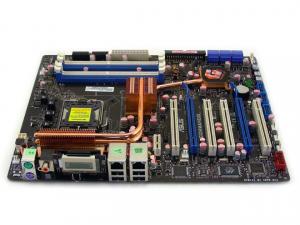 The retail motherboard market has been divided into several subcategories; the high-end of the market dominated by the 975X chipset, the RX700 and the nForce 680i SLI motherboards, the mainstream market, dominated by the 965X and nForce 650 SL chipsets and the integrated graphics boards like the G965 and the Xpress 1250 graphics chipset from AMD.
The retail motherboard market has been divided into several subcategories; the high-end of the market dominated by the 975X chipset, the RX700 and the nForce 680i SLI motherboards, the mainstream market, dominated by the 965X and nForce 650 SL chipsets and the integrated graphics boards like the G965 and the Xpress 1250 graphics chipset from AMD. But performance and feature differences between the high-end and the mainstream have converged to the point where motherboard manufacturers like ASUS are marketing motherboards with a P965 chipset as a high-end gamer's platform. In fact, the 965 chipset is newer than the 975X chipset, meaning that there are features like the ICH8R Southbridge that weren't available when the 975X chipset was introduced.
ASUS is a company that is popular among hardware enthusiasts for their overclocking stability, their performance their features and their bundles that they have put together for motherboards, video cards and other computer components. Doc uses ASUS boards exclusively in his personal system and I have found their boards to be excellent in every respect. The Commando board is targeted to the gamer and is based upon the P965 chipset.
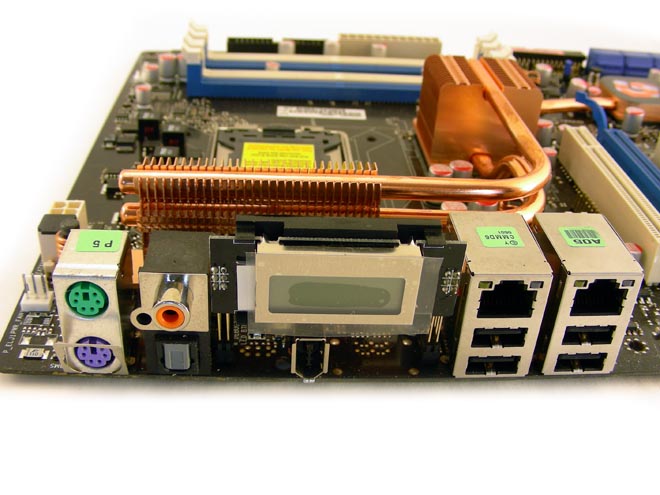 The Commando board has a P965 Northbridge. This chipset brings many new features including support for Intel's ViiV Technology, 1066MHz FSB, multi-GPU support, and the ICH8R Southbridge support to the mainstream Intel chipset market. The key feature of the ICH8R Southbridge is the ability to use 6 SATA ports natively, while the ICH7R only supported 4 natively.
The Commando board has a P965 Northbridge. This chipset brings many new features including support for Intel's ViiV Technology, 1066MHz FSB, multi-GPU support, and the ICH8R Southbridge support to the mainstream Intel chipset market. The key feature of the ICH8R Southbridge is the ability to use 6 SATA ports natively, while the ICH7R only supported 4 natively.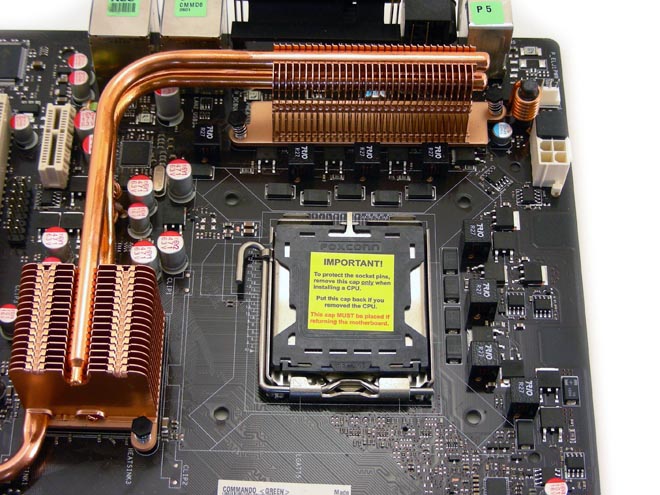 The Commando board supports all current Intel CPUs including the Quad Core QX6700, the Core 2 Duo E6700, and earlier CPUs based on the LGA-775 interface. Note that Intel is going to release new CPUs on the 1333MHz FSB which might require a different motherboard as ASUS has not stated on their 1333MHz Support List whether this board supports 1333MHz FSB nor has their BIOS been updated with one that would support the new CPUs.
The Commando board supports all current Intel CPUs including the Quad Core QX6700, the Core 2 Duo E6700, and earlier CPUs based on the LGA-775 interface. Note that Intel is going to release new CPUs on the 1333MHz FSB which might require a different motherboard as ASUS has not stated on their 1333MHz Support List whether this board supports 1333MHz FSB nor has their BIOS been updated with one that would support the new CPUs.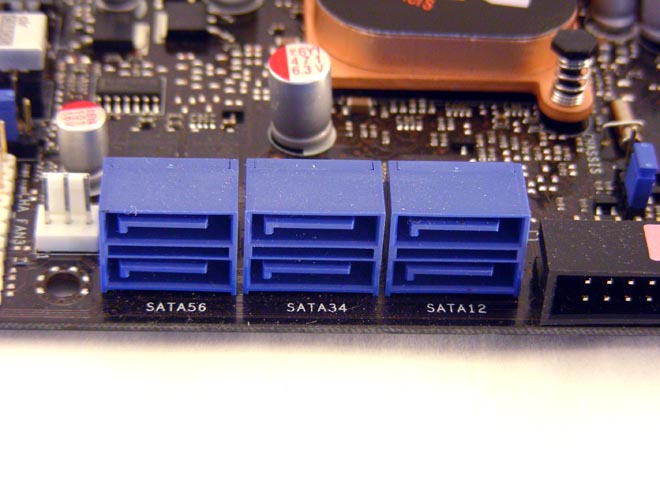
The Commando has 6 SATA ports matching the maximum that the chipset supports natively. RAID 0, 1, 5, 10 modes are supported, meaning that Intel's ICH8R chipset supports virtually all of the main RAID modes including Striping, Mirroring, Striping and Mirroring and Just a Bunch Of Disks. An IDE port and FDD port round out the drive expansion on the Commando board.
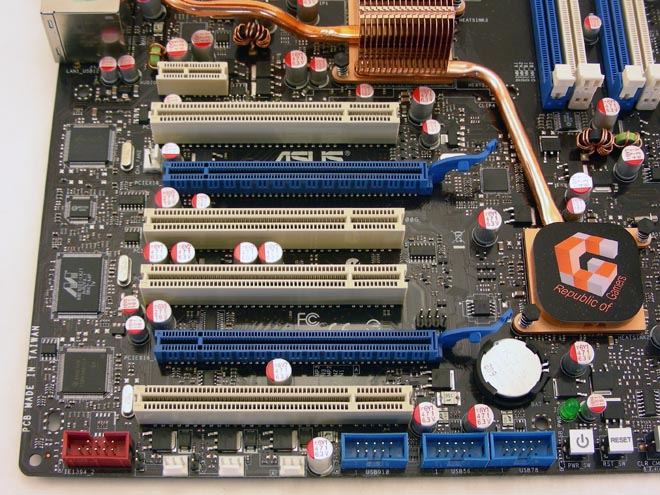 The 965 chipset as originally designed did not support ATI's Crossfire multi-GPU solution. ATI added support for it in the drivers for their video cards, and many manufacturers have chosen to include two PCI Express x16 slots for this express purpose. When two cards are installed, one PCI Express x16 slot operates at full speed, i.e. x16 speed, the other at x4 speed.
The 965 chipset as originally designed did not support ATI's Crossfire multi-GPU solution. ATI added support for it in the drivers for their video cards, and many manufacturers have chosen to include two PCI Express x16 slots for this express purpose. When two cards are installed, one PCI Express x16 slot operates at full speed, i.e. x16 speed, the other at x4 speed.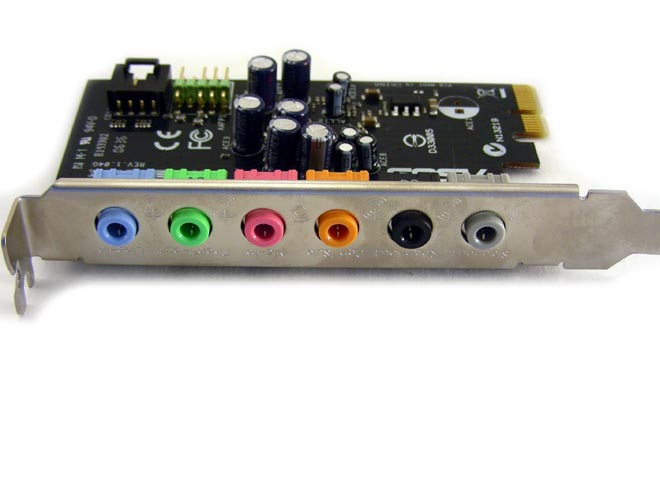
Onboard sound is provided by the ADI SoundMax 1988B CODEC. The onboard sound comes on a riser card, allowing the user to have extra room on the rear IO for other devices. ASUS calls their onboard sound solution SupremeFX, and the sound is fully HDA compliant, meaning features like 7.1 Surround Sound, Dolby Digital Live and multiple audio streams are supported.
The rear I/O on the Commando board is rather interesting as there is a LED on the rear to give the time and status of the board. If a problem occurs, the LED will indicate the likely problem (I did not have a problem, therefore it was hard to test). A Firewire port makes this board a good choice for the digital enthusiast as camera users will most likely have Firewire devices. Four USB 2.0 ports are present, giving USB users expansion room. Two RJ-45 jacks for the onboard Gigabit LAN are onboard, controlled by a Marvell 88E8801-LKJ1 PHY.
No comments:
Post a Comment